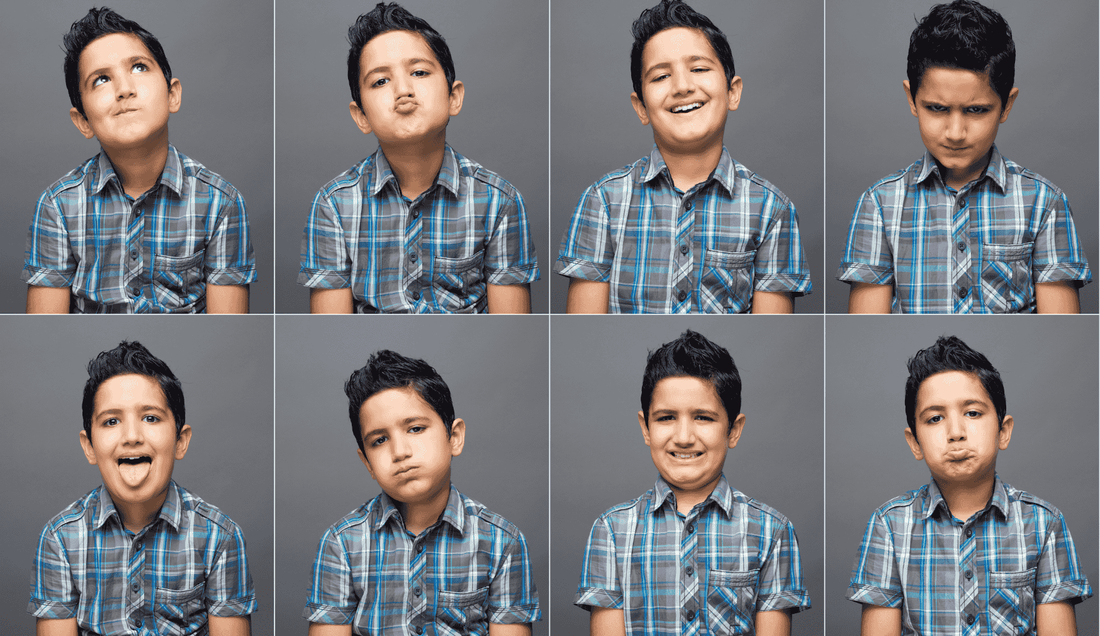|
Your face is a canvas that tells thousands of stories without uttering words. Facial expressions and eye contact are two of the most powerful tools in non-verbal communication. One of my favourite examples is Lucille Ball, the comedy queen and legendary actress. Her unique and unmistakable mastery of these skills made her a beloved television icon. It provided valuable lessons on how we, too, can harness this powerful tool to enhance our communication and connect with others on a deeper level. Lucille Ball, best known for her role in I Love Lucy, was key to her comedic brilliance because of her ability to convey a wide range of emotions—from joy to confusion to exasperation. Her ability to transform her face from joy to surprise to outrage in seconds was unmatched. This ability to use facial expressions effectively allowed her to communicate complex emotions and reactions in a way that words alone could not. Tips for Enhancing Your Facial Expressions and Eye Contact
Practice Exercise
In Review Facial expressions and eye contact are essential elements of nonverbal communication that can greatly enhance the effectiveness of interactions. Lucille Ball’s iconic performances demonstrate the immense power these tools hold when used skilfully. Just like Lucille Ball, we all have the potential to be captivating communicators. By honing our facial expressions and eye contact skills, we can unlock a world of possibilities. Remember, your face is a powerful tool; use it wisely to connect, inspire, and leave a lasting impression. So, let your face shine and watch as it transforms your interactions.
0 Comments
Leave a Reply. |
AuthorElizabeth Soos Archives
August 2025
Categories |
|
CONTACT US Submit Your Enquiry |



 RSS Feed
RSS Feed

